Fast forecast for Transat Jacques Vabre
Published on November 4th, 2017
The 38 boats and 76 crew of the Transat Jacques Vabre will begin casting off their mooring from the Bassin Paul Vatine at 08:15 UTC tomorrow (Sunday) and head out towards the start line in front of the Cap de la Hève for the 13th edition of this bi-annual double-handed transatlantic race.
Actually, 37 boats will file out to meet the Maxi Edmond de Rothschild, which at 23m wide 50cm, was too big to get into the dock.
Twenty knot north-westerly winds and coastal currents will greet them as they cross the line at 12:25 UTC and head 15 miles along the coast to round the compulsory mark at Étretat. Then they will be out into The Channel where a wild Atlantic ride awaits them. If they can avoid the 45-knot wind-against-wave boat-breaking conditions, the four classes –Ultime (3boats), Multi 50 (6), Imoca (13) and Class40 (16) – will plunge south to the finish in Salvador de Bahia, Brazil at record-breaking speed.
The latest routing for the favourite Ultime is under eight days, which would smash Groupama 2’s at-the-time astonishing 10day 0h 38min time, when the race last went to Salvador in 2007. The official routing for the Multi 50s is saying 10½ days, 13 for the Imoca and 17½ for the Class40. That would be five days quicker than the 2007 time, but incredibly the talk on the pontoon is of a 14-day finish. That would be a quantum leap. So confident is much of the fleet that they could be seen removing bags of food from their boats.
These are winds for it. November in the Atlantic is always lively, but this is a genuinely extraordinary weekend for offshore sailing and that is why , two former participants in the Route du Café chose to start their record attempts today (Saturday). François Gabart, the Ultime winner in 2015, left on his solo round-the-world attempt on his trimaran Macif, while Yves Le Blevec has taken on the challenge of a reverse solo round-the-world trip on his multihull, Actual.
The Volvo Ocean Race boats will also be joining them with Leg 2, Lisbon to Cape Town also starting tomorrow. Meanwhile the Mini Transat 6.50s have already been out there since last week.
“We’re all happy because the wind is here and that’s a really good sign because I think we’re going to have a very fast trip to Salvador de Bahia this Transat Jacques Vabre,” said Sam Davies, British co-skipper of Imoca contender Initiatives Cœur.
“We’re looking forward to tomorrow because it is going to be a great send-off,” continued Davies. “I think the Imoca class record is going to be broken. Our routing is looking like less than 13 days and maybe even less than 12.
“I’m not sure if we’ll manage to keep that pace up, obviously we’ve got to get through the Doldrums and you never really know what that’s going to throw at you and that can add at least 12 hours. But we’ve removed bags of food to make Initiatives Cœur lighter because we’re confident that we’re going to be quicker than we thought.
“[after a tricky start] in the English Channel there’s the usual shipping, apparently it’s scallop fishing time, so there’s lots of boats. Then as we get towards Ushant, we’ve got to get through a ridge of high pressure, then set off into south-westerlies which will be getting stronger very rapidly and then we’ve to got to tack through the usual famous cold front upwind from the Bay of Biscay.
“On the forecast we’re seeing 50-knot gusts and 5-metre seas. It’s not going to be easy but hopefully the pain will be over quickly and once we’re on starboard tack we’ll be able to ease the sheets and start going really fast.”
Race details – Entry list – Facebook
13th edition of the Transat Jacques Vabre
• Biennial doublehanded race now 24 years old
• Two founding partners: the city of Le Havre and brand Jacques Vabre
• Four classes on the starting line: Class40, IMOCA, Multi50, and Ultimate
• Starting November 5 in Le Havre (FRA) for the 4350nm course to Salvador de Bahia (BRA)
n 2013, and again in 2015, all the boats flew past Salvador de Bahia, sails filled by the trade winds of the south-east, under the tropical sun…One imagines that they dreamt of finally finishing their race in All Saints’ Bay. In 2017, it will be a reality!
After the start line and a coastal route as far as Etretat, the duos will head towards Brittany to get out of the Channel as quickly as possible, where the currents are powerful, cargo traffic dangerous, and a lot of attention is needed.
They will then enter the Bay of Biscay, where, depending on the position of the Azores anticyclone, they will either find downwind conditions, easy and fast, like for the last Vendée Globe, or tougher and slower conditions in the passage of some late autumn depressions.
Four hundred miles later, having passed Cape Finisterre, the northern Portuguese trade winds should propel them quickly towards Madeira, and then the Canary Islands, where awaiting them will be northeast trade winds, which could be strong or weak.
Passing close to the Portuguese coast, or offshore, to the east or west of the Canary Islands and then the Cape Verde islands – you have to choose the right options. The next goal is to establish your position for the crossing of the dreaded Doldrums, located a few degrees north of the equator. At this time of year, it can change position very quickly, extend or contract, because even after carefully studying of the satellite images, sudden squalls can develop and stall the competitors under a good shower without wind for hours.
This passage is crucial in the Transat Jacques Vabre racecourse. Further west… Further east… After the calms, rainy squalls, with too much or no wind… The final goal is to get out well-positioned enough to benefit first from the southeast trade winds and to cover the remaining 850 miles towards the finish,passing along the islands of Fernando de Noronha, along the coast of Brazil and finally heading northwest into the magnificent All Saints’ Bay.
This transoceanic racecourse from North to South is more demanding than a transat from East to West; it requires the skippers to have sharp tactical and strategic qualities, good weather training, to be in excellent physical condition to maintain a sustained speed in the trade winds… And to have a lot of patience to cross the equator.
Source: Transat Jacques Vabre


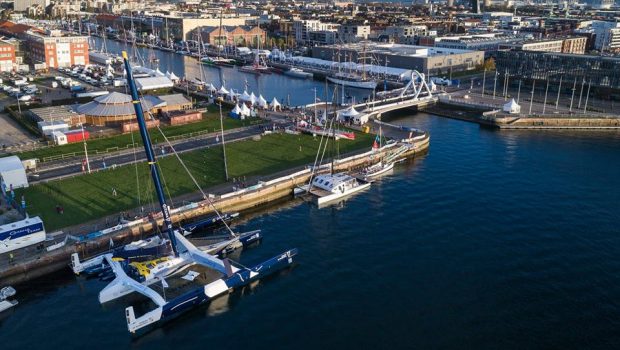

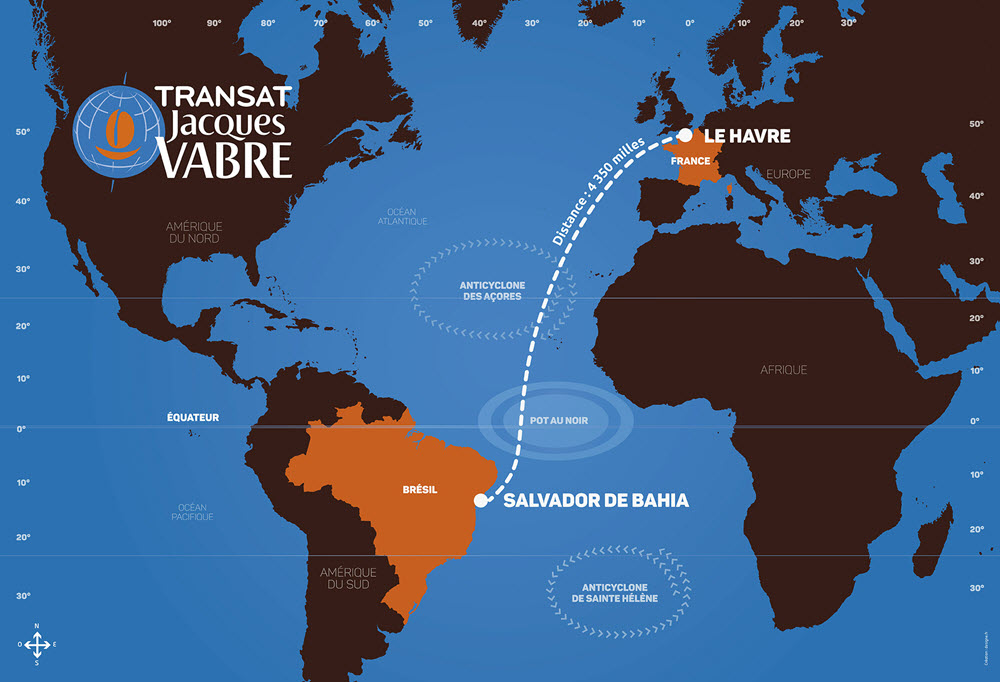

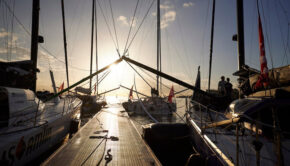
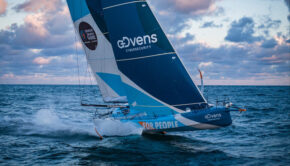
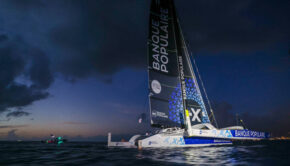
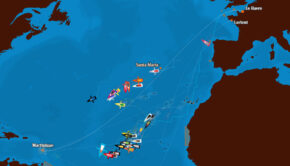
 We’ll keep your information safe.
We’ll keep your information safe.